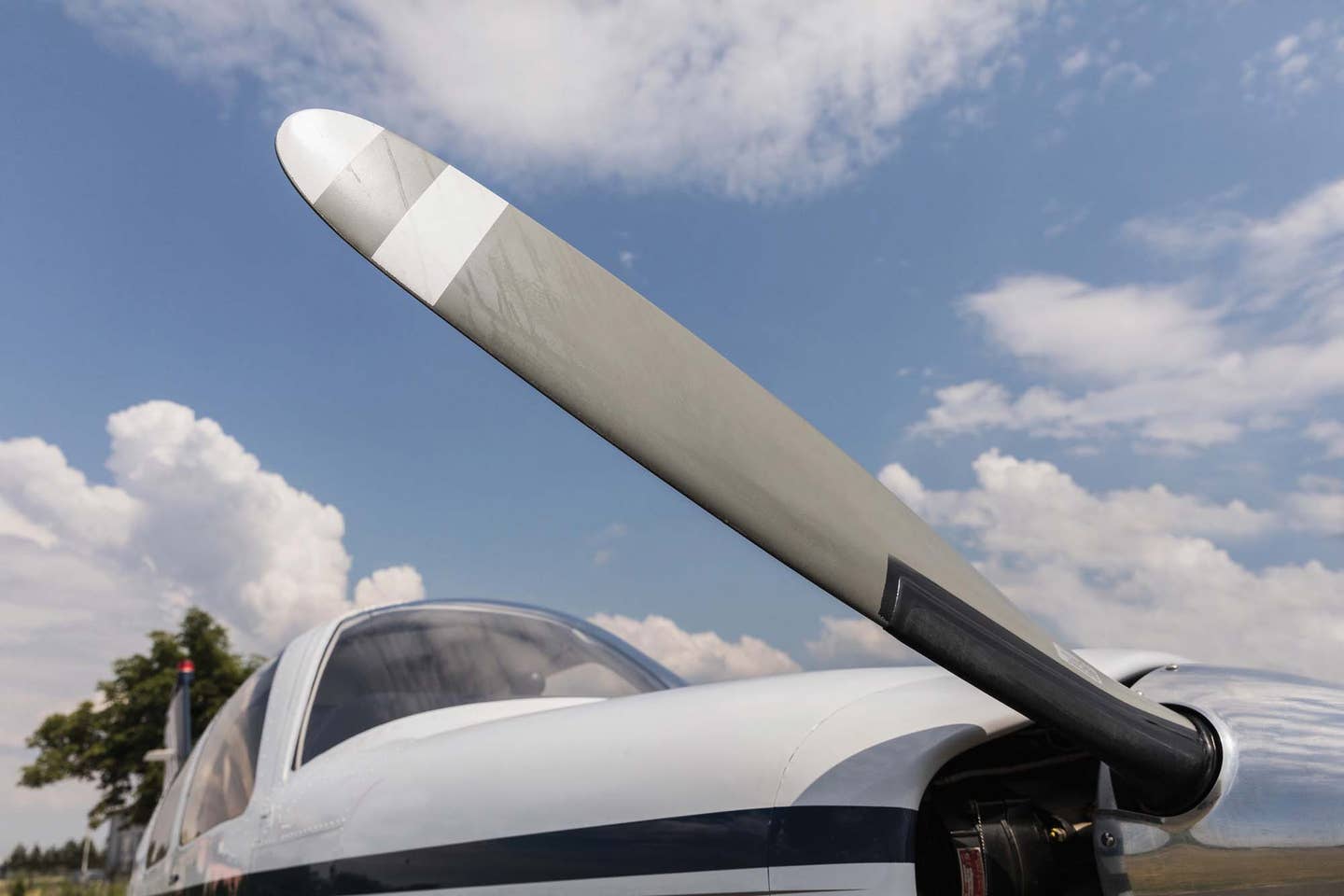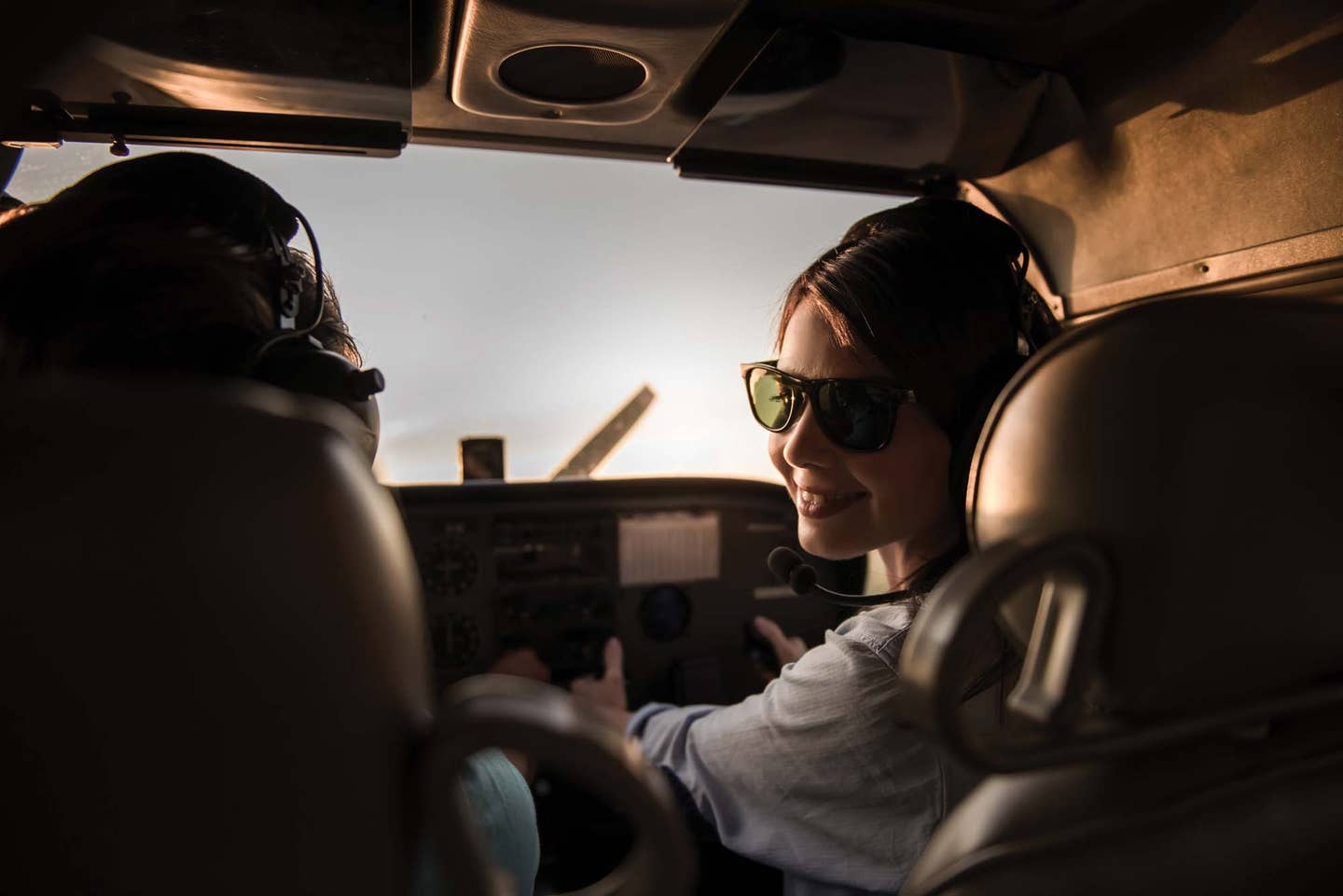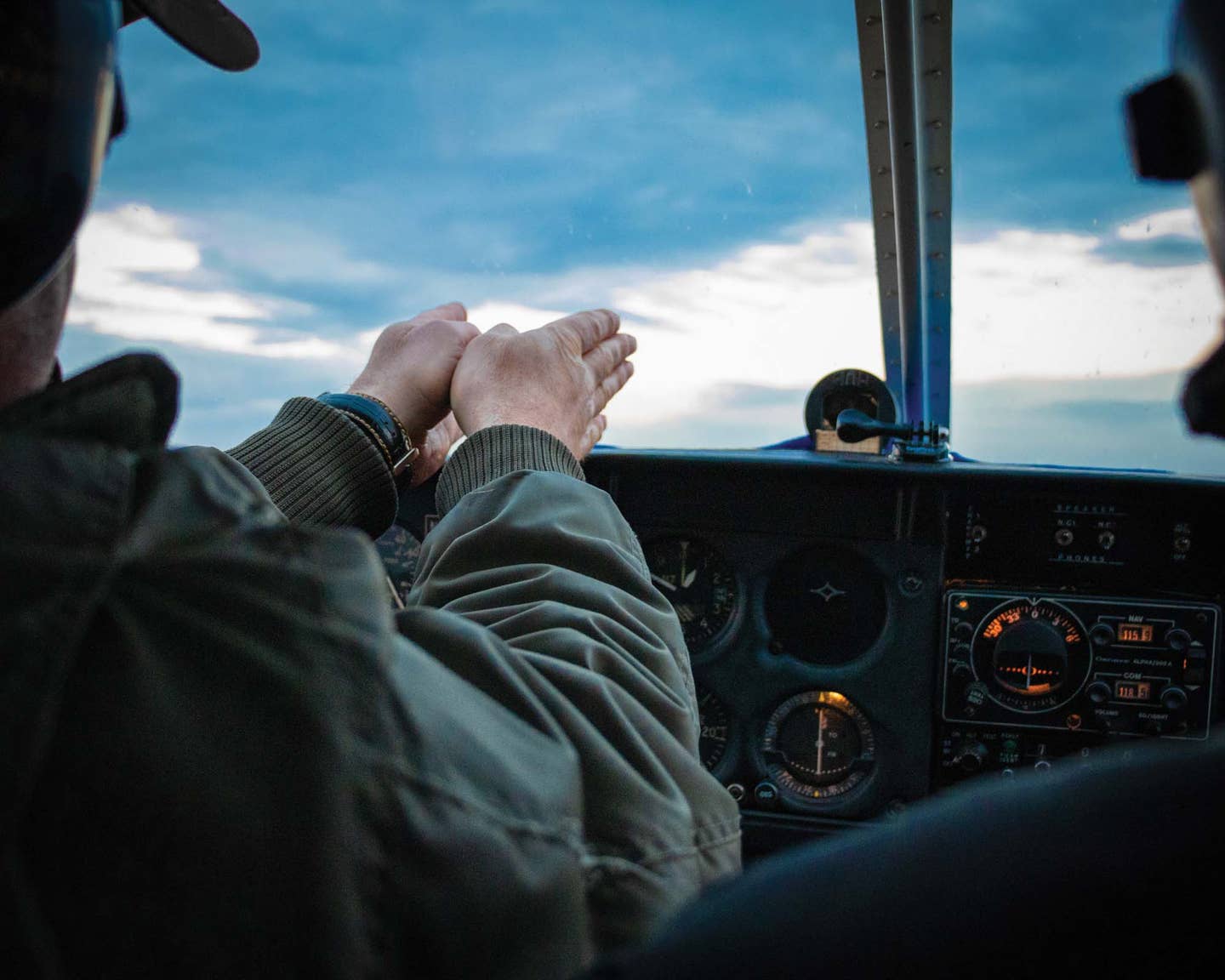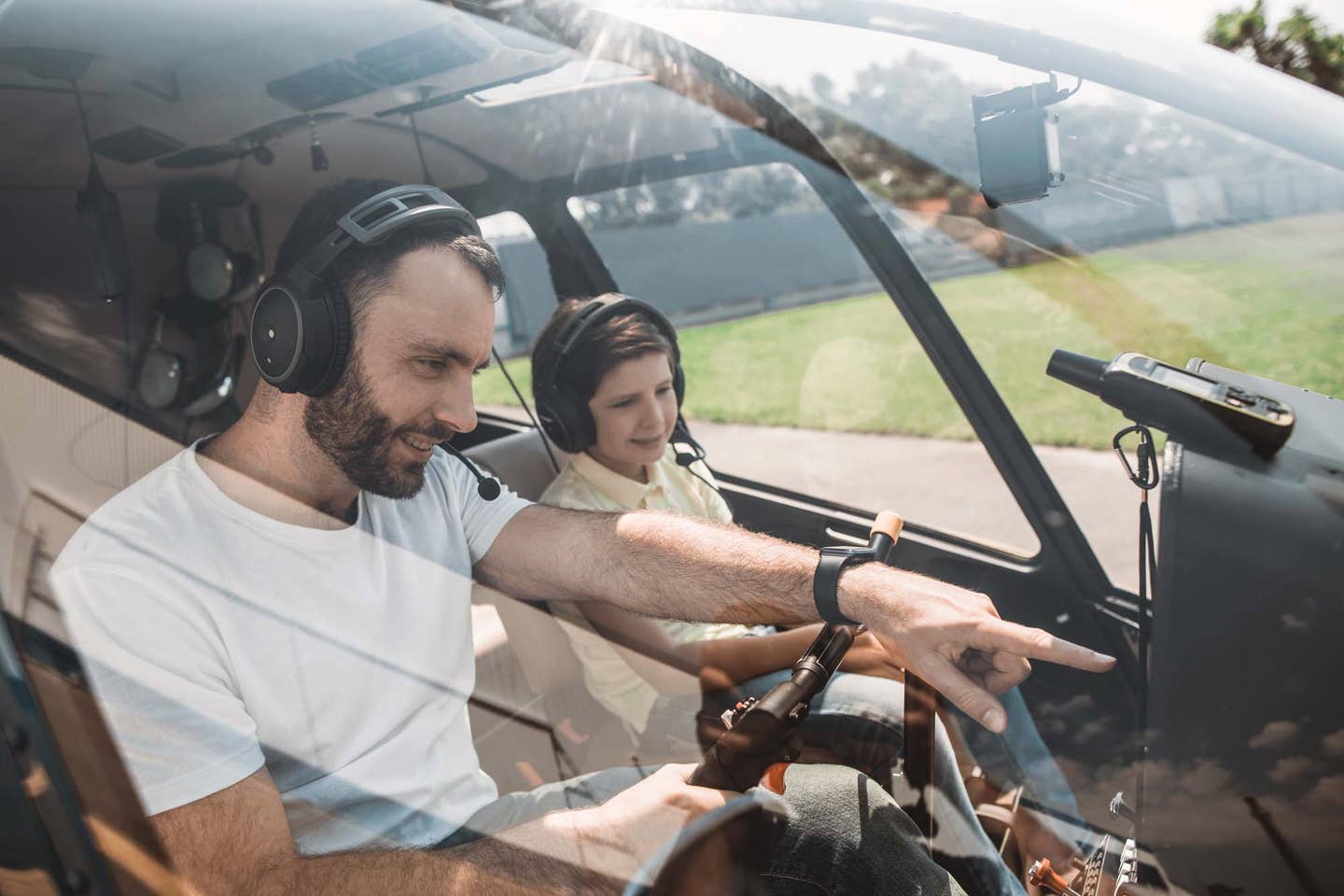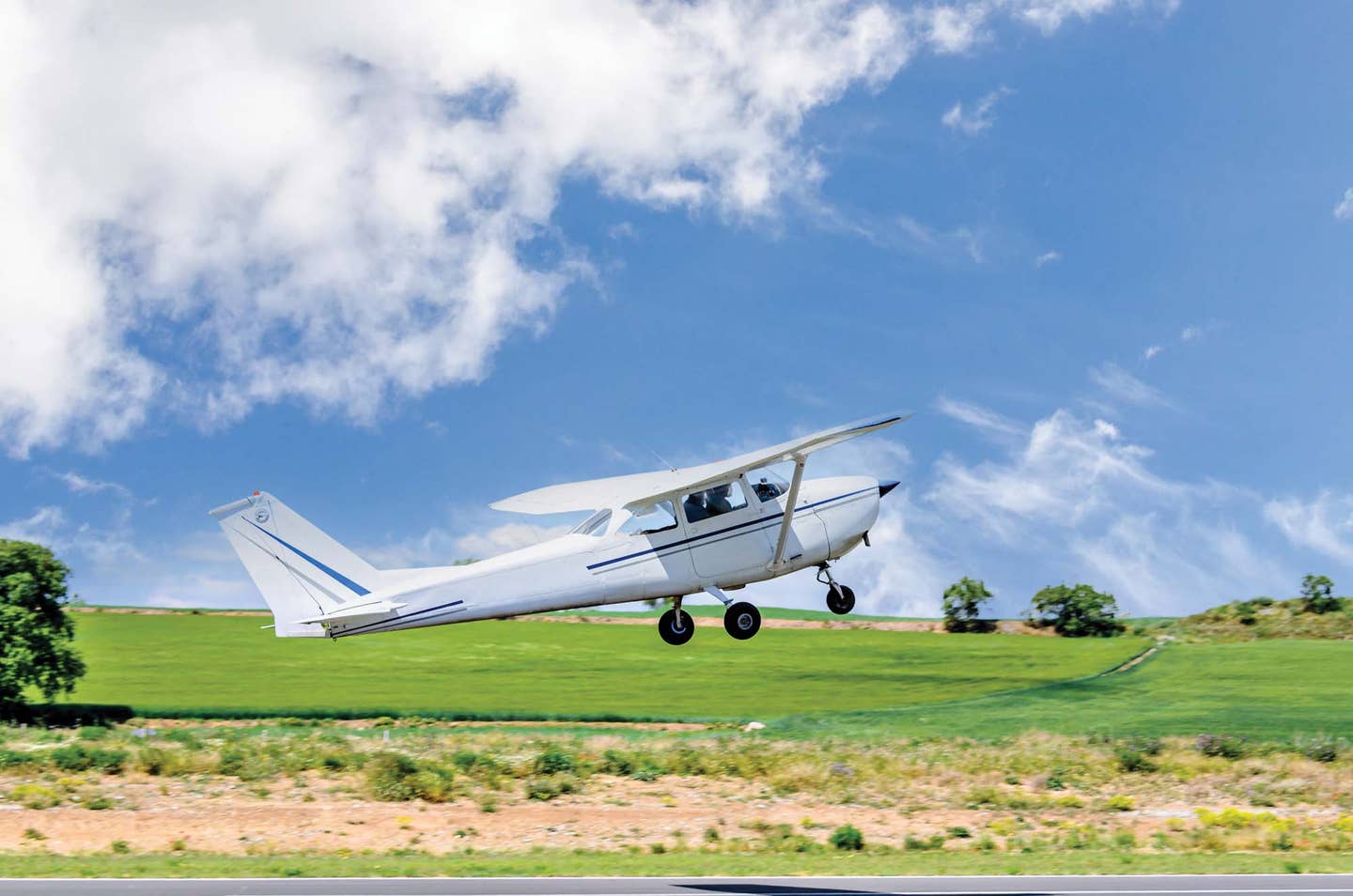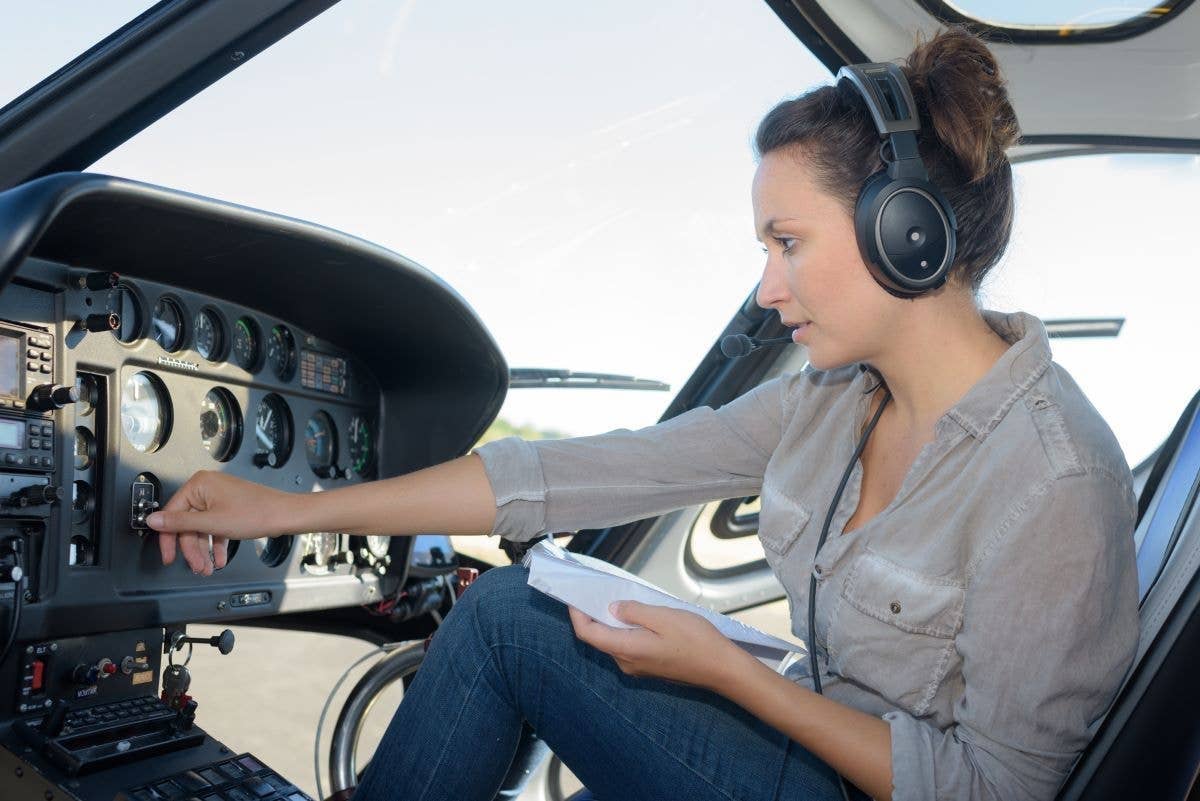
The question of obtaining a Third-Class Medical Certificate versus qualifying under the FAA BasicMed Program has caused anxiety for many general aviation pilots. To test and compare the process, I qualified under both processes this year within two months of each other. I report the results below.
Before delving into the Third-Class Medical versus BasicMed, we need to compare three pilot certificates used by most general aviation (GA) pilots: the Private Pilot, the Recreational Pilot and the Sport Pilot certificates. Yes, the FAA issues "certificates," though the term "licenses" often is still used informally and interchangeably.
We will start with a comparison of the two more common certificates, Private Pilot and Sport Pilot. As pertains to aircraft size, a Private Pilot is unlimited though certain aircraft will require specific type ratings. The Sport Pilot is limited to 1,320 pounds maximum certified gross weight and a maximum of two seats. A Private Pilot may carry more than one passenger, whereas a Sport Pilot may not. A Private Pilot, but not a Sport Pilot, may perform sightseeing flights benefiting a charity or community. A Private Pilot can undertake flight into class B, C or D airspace. A Sport Pilot may do so only with additional instruction and endorsement. To fly as a Private Pilot, you must possess a valid and current FAA medical certificate (first, second or third class) or fly under the BasicMed rule. To fly as a Sport Pilot, you need only a valid and current U.S. driver's license.
The least-common pilot certificate is the Recreational Pilot. As of the end of 2015,there were an estimated 590,039 active certificated pilots in the United States. Of these, only 220 were Recreational Pilots as opposed to 174,883 Private Pilots and 5,157 Sport Pilots. With that certificate, a Recreational Pilot can fly bigger aircraft than a Sport Pilot (four-seat maximum as opposed to two), a typically faster airplane (180 hp maximum) than a Sport Pilot may fly but still is limited in many of the same ways that restrict a Sport Pilot. These restrictions include: daytime flights only, carrying not more than one passenger, and altitude limits. In addition, a Recreational Pilot may not fly to an airport further than 50 nautical miles from the departure point. While it is true that some of the above limitations (but notably NOT the one-passenger limit) can be lifted individually through instructor endorsement, pilots requiring a large subset of these endorsements are typically better served by obtaining the Private Pilot certification. To fly as a Recreational Pilot, you must possess a valid FAA medical certificate (first, second or third class) or fly under the BasicMed rule.
Imagine the three pilot certificates as follows.
Private Pilot: A pilot flying his or her family of four in a Mooney Acclaim on a cross-country trip.
Sport Pilot: A retired airline pilot keeping up with the love of flying by punching holes in the sky in a J-3 Cub.
Recreational Pilot: A pilot flying with a spouse or friend in a Cessna 172 for $100 hamburgers within a 50-mile radius of the pilot's home airport.
The bottom line for GA pilots is that you must have a valid and current Third-Class Medical Certificate or qualify under the BasicMed Program if you want to fly as Pilot-In-Command (PIC) as a Private Pilot or as a Recreational Pilot. To act as PIC as a Sport Pilot, you only need a valid and current U.S. driver's license.
As I stated in the opening paragraph, I obtained a Third-Class Medical Certificate, and I qualified under the BasicMed Program this year. Here were the important similarities and differences for me.
To qualify under the BasicMed rule, I needed to have held an FAA medical certificate after July 14, 2006. I had to take a BasicMed Online Training Course. My state-licensed primary care physician (PCP) who sees me every six months did the medical exam and filled out the BasicMed form.
For the Third-Class Medical, I did not need a prior medical certificate (though I had one). There was no online course. My state-licensed and FAA-approved aviation medical examiner (AME), who sees me every two years, did the medical exam and filled out the FAA medical form.
While both exams included a detailed history and physical examination, my PCP was more familiar with my medical history as he sees me every six months. On the other hand, my AME was more knowledgeable about the demands of aviation on my body. My PCP ran more tests (blood tests, ultrasound screening for abdominal aortic aneurysm, electrocardiogram) for internal medical diseases. My AME ran more vision, hearing and proprioceptive tests. Both physicians were diligent and thorough. I found that rather than one exam being better than the other, the two exams complemented each other.
Disqualifying conditions under the rules for BasicMed and the Third-Class Medical are conditions that deal with 1) the heart (myocardial infarction, permanent cardiac pacemaker, etc.), 2) the psyche (bipolar disorder, substance abuse, etc.) and 3) the nervous system (epilepsy, unexplained loss of consciousness, etc.). For details, see:
faa.gov/licenses_certificates/airmen_certification/basic_med and faa.gov/licenses_certificates/medical_certification/faq/response6.
One notable condition that appears only in the third-class requirements is, "Unless otherwise directed by the FAA, the Examiner must deny or defer if the applicant has a history of diabetes mellitus requiring hypoglycemic medication." Is that an important difference between the Third-Class Medical and BasicMed?
Not really. Just because diabetes isn't listed under disqualifying conditions under BasicMed doesn't remove it from the equation. With diabetes, you still need regular blood tests, routine ophthalmology exams and an understanding that low blood sugar can occur while taking medications to treat the condition. You still need to be certified fit to fly. The other disqualifying conditions (cardiac, psychological, neurologic) are the same for the Third-Class Medical and BasicMed.
All this raises the big question, "Are you fit to fly if you have chosen to no longer go through the Third-Class Medical exam process?"
There are two points to consider in answering this question. The first point is, "Did you qualify under the BasicMed rule because you didn't think you would pass an FAA Third-Class Medical done by an Aviation Medical Examiner (AME)?" The second point is, "Did you ’drop down' to flying as a Sport Pilot for fear that you wouldn't pass any medical exam?" If the answer is "yes" to either question, you should think long and hard about whether you should be flying at all.
Remember that BasicMed was brought in to relieve the Third-Class Medical burden of seeing an AME every two years (or every five years if you are less than 40 years old). Also, it was designed to help pilots with Special Issuance certificates avoid extraneous testing as these pilots already have physicians who see them regularly and have greater knowledge of their medical conditions. BasicMed was not designed as a "free pass" for pilots who could not pass the FAA Third-Class Medical.
Was BasicMed a great idea for general aviation by increasing the number of pilots flying, or will it prove to be a disaster by increasing the fatality rate? Those of us in the medical profession are holding our collective breath, as we do not yet have enough accident and fatality data for pilots flying under BasicMed. It is too early to tell whether there will be a significant change.
In 2007, the FAA developed the Sport Pilot certificate to make flying more affordable and available to everyone. This reduced the time and the financial constraints of obtaining a Private Pilot certificate. There are many other reasons to fly light sport aircraft. They can be fun, less expensive to buy or operate than heavier aircraft, have different handling characteristics, etc. The Sport Pilot certificate is meant for those who want to fly strictly on a recreational basis.
For a pilot with an expired First, Second, or Third-Class Medical Certificate, he or she can fly as a Sport Pilot using just a valid U.S. driver's license as long as:
1. The most recently issued medical certificate has not been suspended or revoked
- Or -
2. The most recent Authorization for Special Issuance has not been withdrawn.
For pilots who truly want to fly as Sport Pilots, the fact that medical exams are no longer required provides a bonus in that it reduces the time and financial constraints to flying. However, some pilots think of the Sport Pilot certificate as a loophole to avoid a medical exam that might prevent them from flying. That poses a problem for all of us. Here is section (b) of 14 CFR § 61.53:
"Title 14 CFR § 61.53, Prohibition on Operations During Medical Deficiency
b. Operations that do not require a medical certificate. For operations provided for in § 61.23(b) of this part, a person shall not act as pilot in command, or in any other capacity as a required pilot flight crewmember, while that person knows or has reason to know of any medical condition that would make the person unable to operate the aircraft in a safe manner."
Thus, a Sport Pilot "shall not act as pilot in command, or in any other capacity as a required pilot flight crewmember" if a medical condition making it unsafe to fly is even suspected. The fact remains that all pilots need to self-certify before every flight. If a pilot is concerned that a physician would find a disqualifying condition during a medical exam, then the pilot needs to self-ground until the condition is checked out. We all have a responsibility to ourselves and others, both in the air and on the ground.

Subscribe to Our Newsletter
Get the latest Plane & Pilot Magazine stories delivered directly to your inbox

